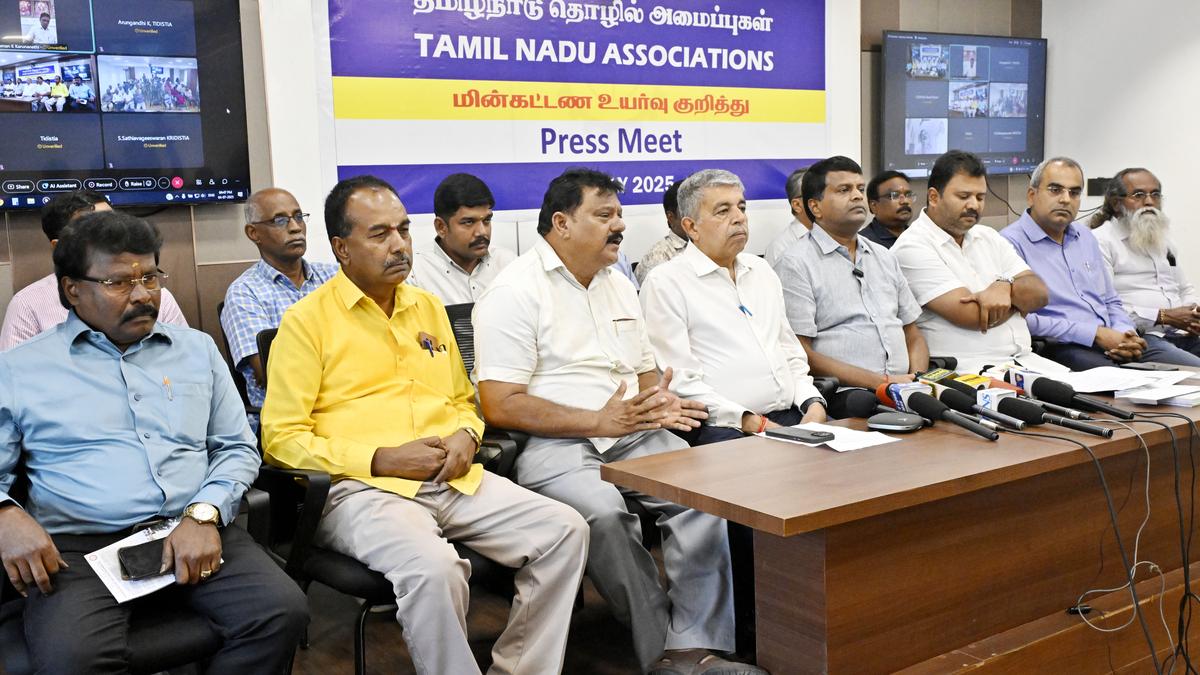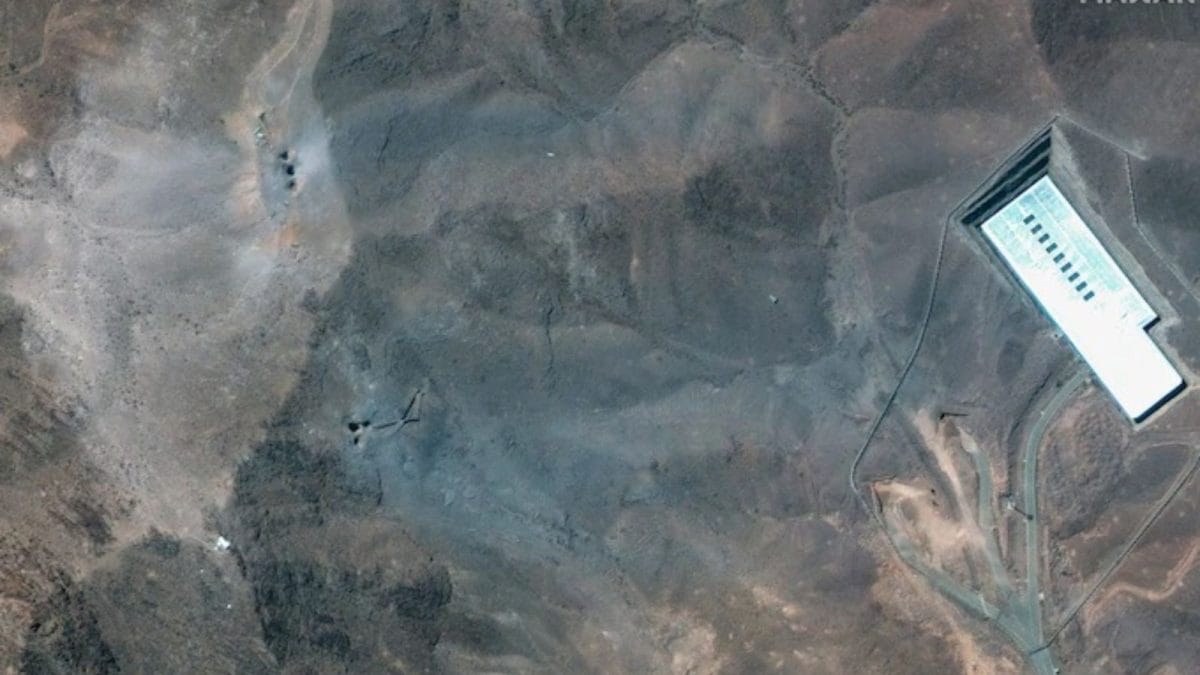ARTICLE AD BOX
Last Updated:July 04, 2025, 15:13 IST
The bunker buster variant of Agni-5 is being modified to penetrate 80–100m underground, carrying a heavier warhead and traveling at hypersonic speeds of 8 to 24 Mach

The bunker buster version of the Agni-5 missile can carry a heavy payload of 7,500 to 8,000 kilograms. (PTI/File)
India is developing an advanced indigenous bunker buster missile system, taking cues from a recent US military operation that significantly impacted Iran’s nuclear infrastructure. Inspired by the successful use of a 14,000 kg bunker buster bomb by a US B-2 Spirit stealth bomber during the 12-day Israel-Iran conflict, India aims to enhance its strategic capabilities to counter potential threats from Pakistan, which has often issued nuclear attack warnings.
The Defence Research and Development Organisation (DRDO) has initiated a project to develop a state-of-the-art bunker buster system, which is expected to be one of the most potent and effective in the world. Although no specific timeline has been provided, the project has already commenced, raising concerns for neighbouring China and Pakistan. Both countries, rich in nuclear weapons, share borders with India, Pakistan to the west and China to the east and north.
India demonstrated its military prowess during Operation Sindoor, attacking 11 Pakistani airbases with Su-30MKI fighter jets, including the strategically vital Noor Khan airbase near Pakistan’s nuclear base at Kirana Hills. This operation highlighted India’s capability but also underscored the need for a bunker buster system.
DRDO’s Bunker Buster Project
DRDO is developing a missile-based bunker buster solution by modifying the Agni-5 intercontinental ballistic missile, instead of building a bomb like the one used by the US. According to reports, the Agni-5, which has a range of over 5,500 kilometres, will see its range reduced under this plan. However, its conventional warhead capacity will be significantly enhanced to carry sufficient ordnance capable of destroying deeply buried targets.
Can Hit Deep Targets Within 100 Metres Precision
The bunker buster variant of the Agni-5 missile is being adapted to penetrate 80 to 100 meters underground, with a significantly enhanced conventional warhead payload capacity. This missile will travel at hypersonic speeds of 8 to 24 Mach, ensuring it can effectively destroy deeply buried military bases or nuclear weapons depots.
The bunker buster version of the Agni-5 missile will strike enemy targets at speeds ranging from 9,878 to 24,696 kilometres per hour. It is capable of carrying a heavy payload of 7,500 to 8,000 kilograms. Due to this increased payload capacity, its range will be reduced to around 2,500 kilometres—enough to reach and destroy fortified underground targets.
Why A Missile-Based Bunker Buster, Not A Bomb?
US dropped GBU-57 bunker buster bombs on Iran’s nuclear sites using the B-2 Spirit stealth bomber. The bomb is reported to weigh around 1,400 kg. While the US opted for bombs in its bunker buster strategy, India is developing bunker buster missiles instead.
The primary reason is cost. A single B-2 Spirit stealth bomber costs $2 billion (approximately Rs 17,086 crore). In addition, India does not currently possess the technology to manufacture stealth jets. The cost of one GBU-57 bunker buster bomb is $20 million (about Rs 170 crore).
Together, the high cost of the bomber and the bomb, along with the lack of stealth jet production capability, make this approach unviable for India. In contrast, India has significant expertise in missile technology, making the development of bunker buster missiles a more practical and cost-effective option.
- Location :
- First Published:
News india 24,696 KMPH Speed, 2,500KM Range: India’s Bunker Buster To Smash Targets 100m Underground



.png)
.png)
.png)
















 6 hours ago
3
6 hours ago
3








 English (US) ·
English (US) ·